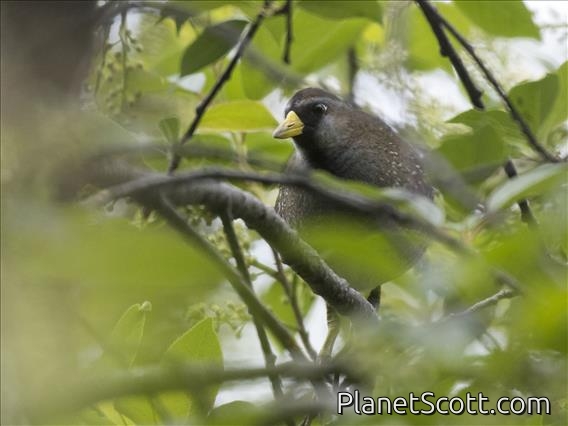Sora (Porzana carolina)

Sora (Porzana carolina)

Sora (Porzana carolina)


×



Sora (Porzana carolina)

Sora (Porzana carolina)
About Sora (Porzana carolina)
- Kingdom: Animals
- Phylum: Chordates
- Class: Birds
- Order: Cranes, Rails, and Allies
- Family: Rails, Gallinules, and Allies
The sora, sora rail or Carolina crake is a small waterbird of the rail family Rallidae, sometimes also referred to as the sora rail or sora crake, that occurs throughout much of North America. The genus name Porzana is derived from Venetian terms for small rails, and the specific carolina refers to the Carolina Colony. The common name "Sora" is probably derived from a Native American language.
Source: Wikipedia
Visits
-
2006-09-17
Lake Merced , United States of AmericaNear the pier next to concrete bridge, not 100% sure on ID, small gray rail-like bird in tule. -
2008-02-25
San Jose del Cabo - Estuary, Mexico -
2009-01-18
Lamanai Ruins River Trip, Belize -
2009-02-02
Santiago de Atitlan, Guatemala -
2010-01-01
Arrowhead Marsh, United States of America -
2010-02-21
Lerma Marshes, Mexico -
2013-04-20
Attwater Prairie Chicken National Wildlife Refuge, United States of AmericaNot 100% sure on ID. Small dark colored rail ran in front of car. Looked to be about the size of a robin. -
2014-12-21
Arrowhead Marsh, United States of America -
2015-01-20
Arrowhead Marsh, United States of America -
-
-
-




